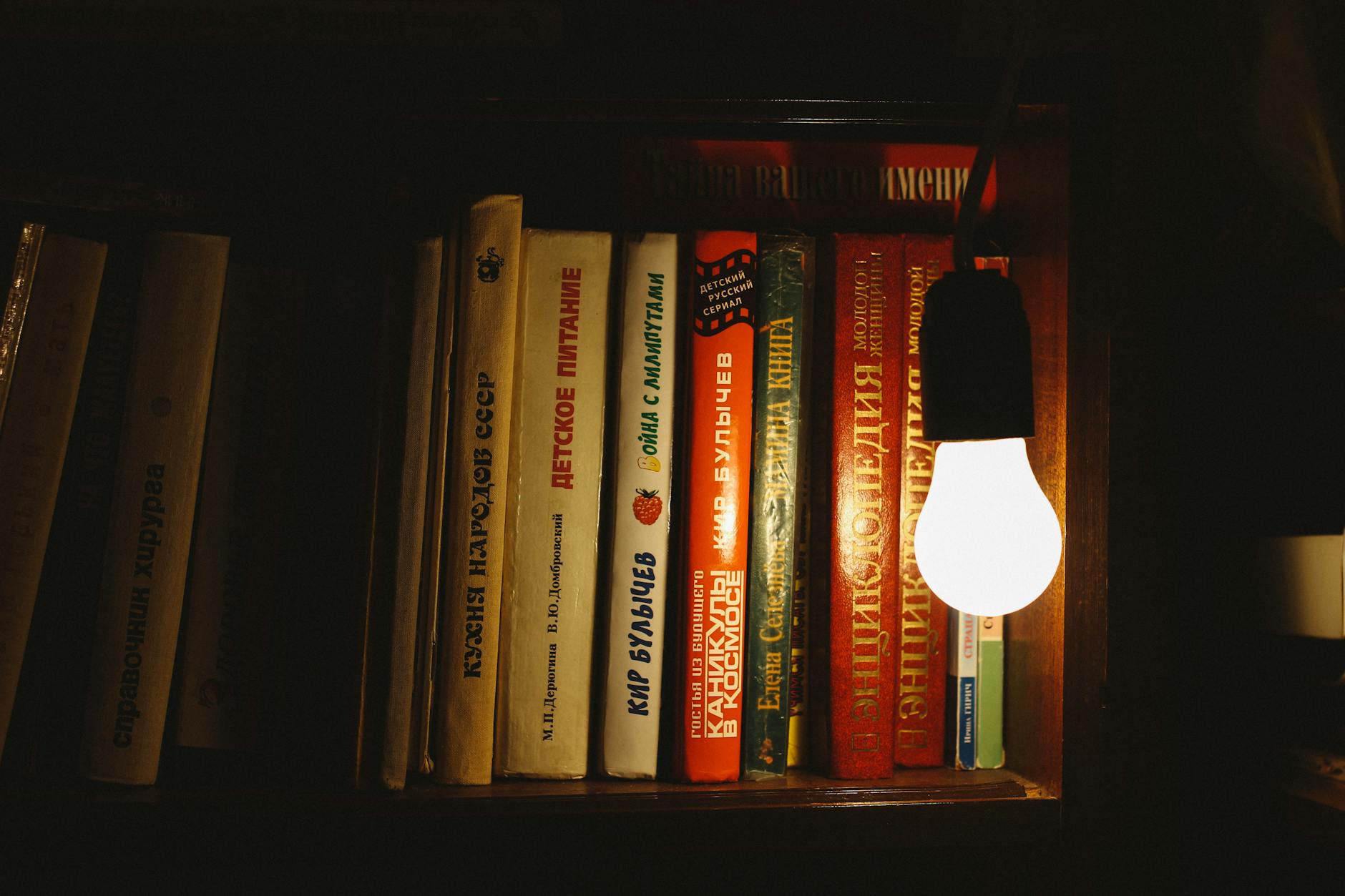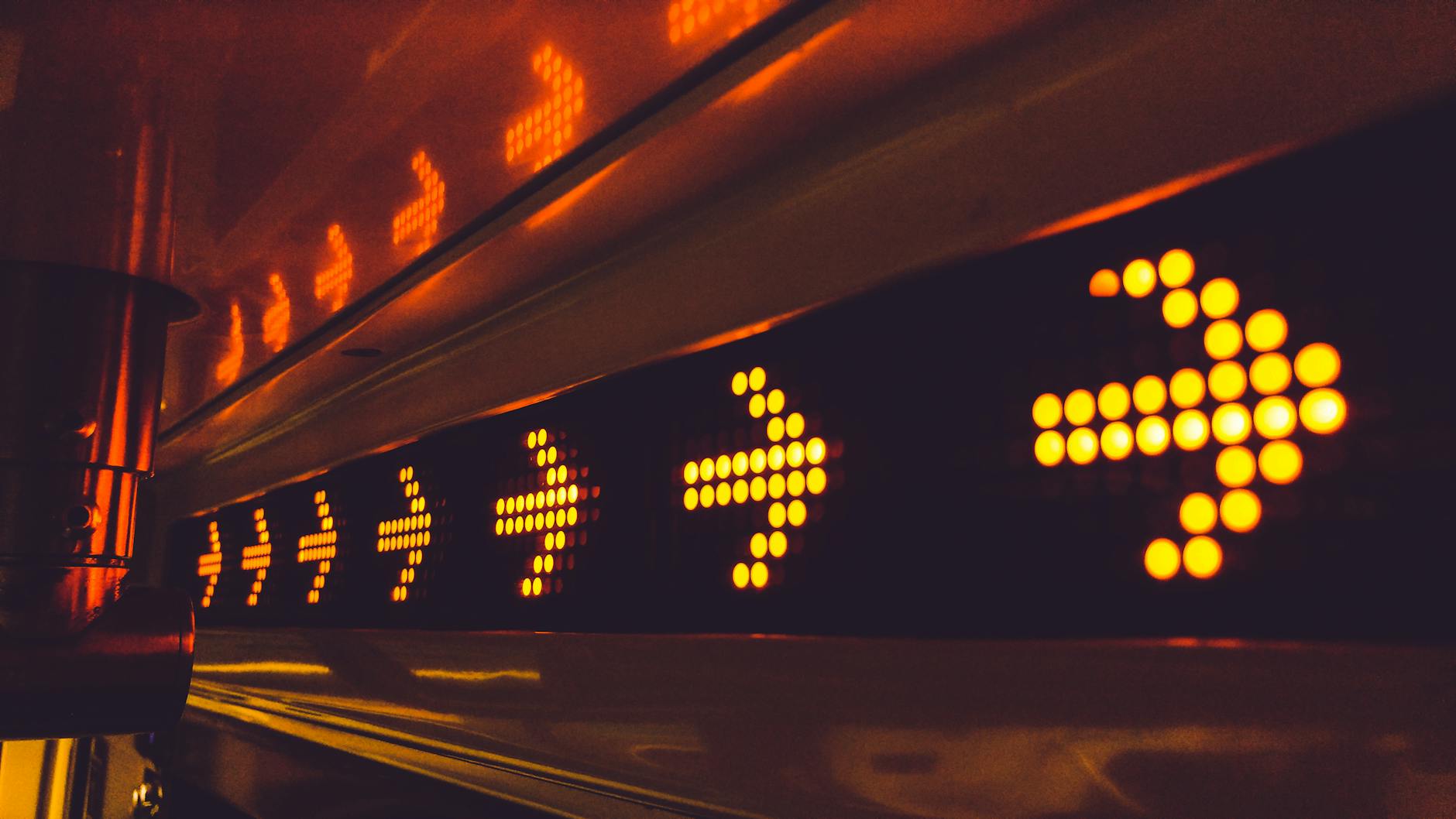In our digital age, screens are an integral component of our daily lives, from smartphones to laptops, and concerns are growing around the effect of blue light exposure on our health. But is blue light from LEDs genuinely harmful, or are these fears unfounded? This post delves into the scientific truths behind blue light, helping you understand its impact on your well-being.
Understanding Blue Light
Blue light is a type of visible light with shorter wavelengths and more energy than other colors. It’s everywhere – the sun is its primary natural source, but it’s also emitted by LED lights and digital screens. Although it’s beneficial during daylight hours by boosting alertness and mood, excessive exposure, especially before bedtime, can disrupt your sleep cycle. 
The Debate Over Blue Light
The discourse around the impact of blue light on health is ongoing. While some studies suggest it can lead to digital eye strain and disrupt sleep, others argue that the amount of blue light emitted by screens is minimal compared to sunlight, proposing that fear may be overblown.
Blue Light and Sleep
Exposure to blue light, especially in the evening, can significantly affect your sleep quality. It inhibits the production of melatonin, the hormone responsible for sleep, confounding your body’s internal clock. Limiting screen time before bed is recommended to ensure a restful night’s sleep. 
Is Blue Light Damaging to the Eyes?
Long-term exposure to intense blue light sources might contribute to digital eye strain and discomfort. However, there is currently no conclusive evidence to suggest it leads to permanent eye damage, like macular degeneration. Protective eyewear and screen filters can mitigate these risks.
Practical Tips to Mitigate Blue Light Exposure
Here are ways to protect yourself from potential negative effects of blue light: using blue light filtering glasses, adjusting screen settings to reduce blue light emission, and taking regular screen breaks to rest your eyes. Implementing a digital detox period can also be beneficial.
What Science Says
Recent studies emphasize the importance of natural light exposure and managing screen time rather than eliminating blue light entirely. It’s about finding a balance that doesn’t compromise sleep or eye health. Educating yourself on the impact of blue light can empower you to make informed decisions about your screen use.
Future Directions in Blue Light Research
As technology evolves, so does our understanding of its impact on health. Ongoing research aims to provide deeper insights into the long-term effects of blue light from digital devices and how to effectively mitigate them.
In conclusion, while blue light from LEDs and digital screens is a concern, especially regarding sleep and eye comfort, it’s not an unequivocal villain. Awareness and adopting protective measures can help minimize any adverse effects, enabling us to use technology healthily and safely.
Frequently Asked Questions
How does blue light affect sleep? Blue light inhibits the production of melatonin, the hormone that regulates sleep, potentially disrupting your sleep cycle and making it harder to fall asleep.
Can blue light cause permanent eye damage? There is currently no concrete evidence to suggest that blue light from screens can cause permanent eye damage, but it may contribute to digital eye strain.
What are some simple ways to reduce blue light exposure? Using blue light filters on devices, wearing protective eyewear, and reducing screen time, especially before bedtime, can help lessen exposure.
Is all blue light bad? Not all blue light is bad. Natural blue light from the sun is beneficial during daylight hours, enhancing alertness and mood.
Should I stop using my devices to avoid blue light? It’s more about moderation and protection rather than complete avoidance. Managing screen time and taking preventive measures can mitigate the risks without needing to give up digital devices.





